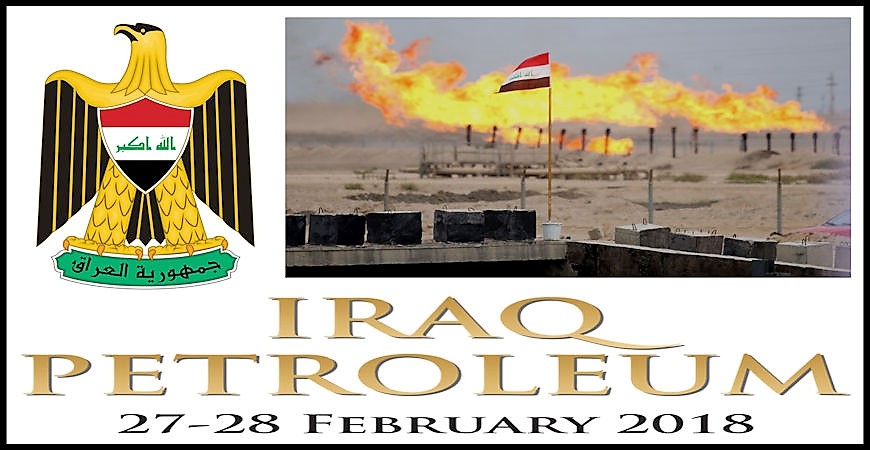My report “Iraq Petroleum2018 — Natural Gas Must Be an Asset for Iraq” has been published on February
20, 2017, by Iraq Business News
February 20,
LONDON, United Kingdom
ABSTRACT — On February 27-28, 2018, the C.W.C. Group, an
energy and infrastructure conference, exhibition and training company, will
organize in Berlin, Germany, the twelfth edition of Iraq Petroleum, which is
one of the major events concerning Iraq’s oil and gas sector. One of the main
topics of Iraq Petroleum 2018 will be the development of Iraq’s natural gas
reserves with the specific goal of strengthening energy-intensive industries to
diversify the Iraqi economy. In Iraq, natural gas might really be the key
driver to develop additional industrial sectors. In fact, natural gas may be
used for power generation (electricity), petrochemicals, fertilizers, and other
heavy industries in which gas is the primary feedstock. In this regard, some
analysts might object that the development of these new industrial sectors
would not really change the picture for Iraq because its economic development
would still be too linked to the oil and gas sector—in practice Iraq’s economy
would continue to be overaffected by the price of oil and gas. This observation
is by no means wrong, but it’s also true that, apart from increasing oil
exports (and in this regard, it will be important to see how Iraq will deal in
the future with OPEC’s quota restrictions) to improve its economic standing
Iraq does not have many alternatives to developing its natural gas resources
and then using them to add other industrial sectors to the economy.
 |
What Did Iraq Export in 2016? —
Source: The Atlas of Complexity, Harvard University
|



